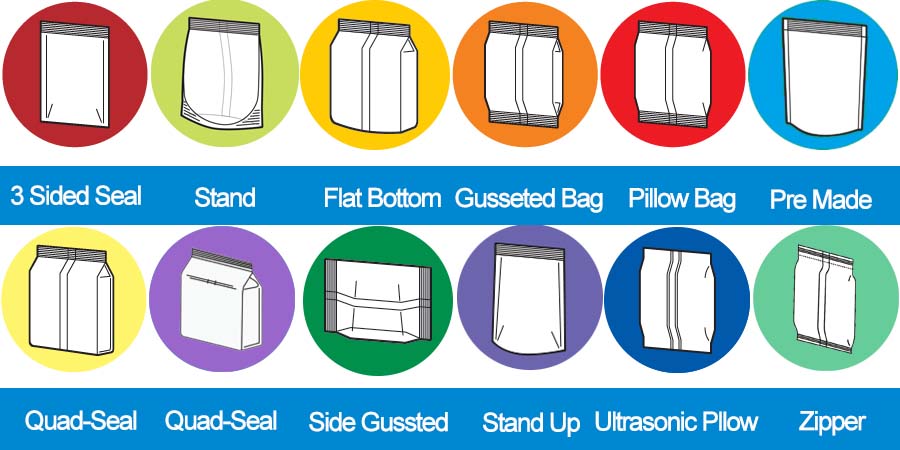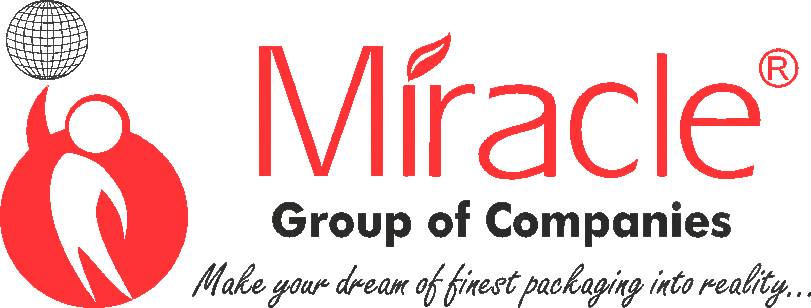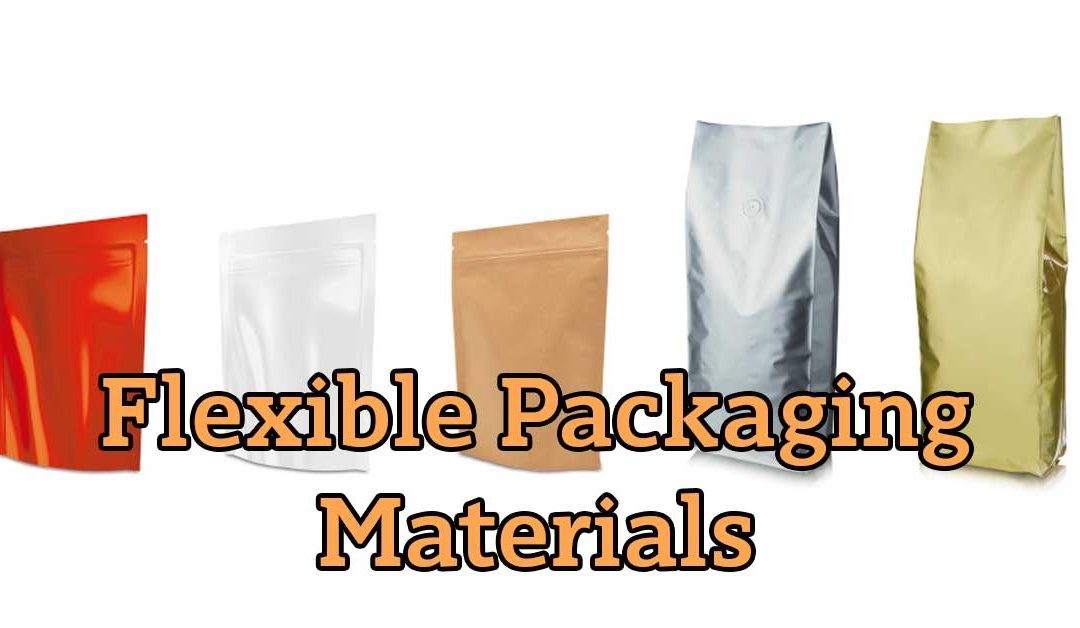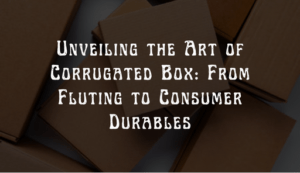In the dynamic landscape of product packaging, the evolution of flexible packaging has emerged as a key player, adapting to the changing needs of consumers and the market. This article explores the various facets of flexible packaging, from its definition and types to current trends, technological advancements, sustainability concerns, and the challenges faced by the industry. As consumers and businesses alike prioritize convenience, cost-effectiveness, and eco-friendliness, the flexible packaging industry is undergoing a transformation to meet these demands.
What is Flexible Packaging and its Types?
Flexible packaging refers to a versatile and customizable form of packaging that can take various shapes and sizes. It is commonly made from materials such as plastic, paper, aluminum, and other flexible materials. The primary goal of flexible packaging is to provide a lightweight, durable, and cost-effective solution that protects the product while also being visually appealing.
There are several types of flexible packaging, each catering to specific needs and industries:
- Pouches: Stand-up pouches, flat pouches, and spouted pouches are popular for their convenience and versatility.
- Bags: Resealable bags, zippered bags, and vacuum-sealed bags are widely used in the food industry.
- Wraps and Films: Stretch films, shrink films, and other flexible films are employed for wrapping products securely.
- Labels and Sleeves: Flexible labels and sleeves enhance the visual appeal of products and offer branding opportunities.

Advantages of Flexible Packaging:
The adoption of flexible packaging has surged due to its numerous advantages, making it a preferred choice for both manufacturers and consumers. Some key benefits include:
- Lightweight and Space-Efficient: Flexible packaging is lightweight, reducing transportation costs and environmental impact. It also takes up less space, optimizing storage efficiency.
- Customization: Packaging manufacturers can create customized packaging solutions tailored to the specific requirements of products, enhancing brand identity.
- Extended Shelf Life: The barrier properties of flexible packaging materials protect products from external factors like moisture, light, and air, extending shelf life.
- Cost-Effective Production: The manufacturing process of flexible packaging is often more cost-effective than traditional rigid packaging, contributing to overall savings.
Applications of Flexible Packaging:
Flexible packaging finds extensive use across various industries due to its adaptability and versatility. Some prominent applications include:
- Food and Beverage: Flexible packaging is widely used for snacks, condiments, beverages, and ready-to-eat meals.
- Healthcare and Pharmaceuticals: Medical pouches and blister packs offer secure and tamper-evident packaging for pharmaceutical products.
- Personal Care and Cosmetics: Flexible packaging enhances the aesthetic appeal of cosmetic products while providing practicality.
- Pet Food and Supplies: The pet industry utilizes flexible packaging for pet food, treats, and other related products.
Current Trends in Flexible Packaging:
The flexible packaging industry is continually evolving to meet the changing preferences of consumers and market demands. Some current trends shaping the industry include:
- Convenience Features: Consumers are increasingly drawn to packaging with resealable zippers, spouts, and easy-open features for enhanced convenience.
- Sustainable Materials: There is a growing demand for eco-friendly packaging materials, leading to the development of biodegradable and compostable options.
- Digital Printing: The use of digital printing technology allows for vibrant and high-quality graphics on flexible packaging, facilitating brand differentiation and customization.
- Smart Packaging: The integration of technology into packaging, such as QR codes and RFID tags, enables smart packaging solutions that provide information to consumers and enhance product traceability.
Market Opportunities in Flexible Packaging:
As the demand for flexible packaging continues to rise, there are significant market opportunities for packaging manufacturers and companies specializing in customized packaging solutions. Key opportunities include:
- E-commerce Packaging: The surge in online shopping has created a demand for innovative and protective packaging solutions, presenting a substantial opportunity for flexible packaging in the e-commerce sector.
- Health and Wellness Products: The health and wellness trend has led to increased demand for flexible packaging in the packaging of vitamins, supplements, and other health-related products.
- Personalized Packaging: Customized and personalized packaging solutions are gaining popularity, offering a unique and memorable brand experience for consumers.
Market Competition and Product Marketing:
The flexible packaging industry is highly competitive, with numerous packaging manufacturer and product packaging companies vying for market share. To stay competitive, companies often focus on effective product marketing strategies, including:
- Branding and Design: Eye-catching and innovative packaging designs contribute to brand recognition and consumer loyalty.
- Product Differentiation: Offering unique and distinctive features, such as convenience elements or sustainable packaging, helps products stand out in a crowded market.
- Collaborations and Partnerships: Collaborations between packaging manufacturers and brands can lead to the development of exclusive packaging solutions, fostering a competitive edge.
Technology: Digitalization of Packaging for Smart Packaging and Smart Retail:
The digitalization of packaging has ushered in a new era of smart packaging and smart retail. Advancements in technology are being harnessed to create packaging solutions that go beyond conventional functions. Some notable technological trends include:
- QR Codes and Augmented Reality: QR codes on packaging provide consumers with access to additional product information, while augmented reality enhances the interactive and immersive aspects of packaging.
- NFC (Near Field Communication): NFC technology enables communication between the packaging and smartphones, allowing consumers to access product details, promotions, and interactive content.
- Anti-Counterfeiting Measures: Digital technology is being used to implement anti-counterfeiting measures, ensuring the authenticity and safety of products.
Changes in Consumer Lifestyle and Shopping Patterns:
The evolution of consumer lifestyles and shopping patterns has a direct impact on the flexible packaging industry. As consumers prioritize convenience, sustainability, and online shopping, packaging solutions need to adapt accordingly. Key changes include:
- On-the-Go Lifestyles: The rise of on-the-go lifestyles has increased the demand for portable and convenient packaging solutions, such as pouches and snack-sized packages.
- E-commerce Dominance: The growth of e-commerce has led to a shift in packaging requirements, with a focus on protective and visually appealing packaging for online deliveries.
- Sustainability Preferences: Consumers are increasingly conscious of environmental issues, leading to a surge in demand for sustainable and eco-friendly packaging options.
Sustainability: Green, Green, Green!
Sustainability is a driving force in the evolution of flexible packaging. As consumers become more environmentally conscious, there is a growing demand for green and sustainable packaging solutions. The flexible packaging industry is responding to this demand by:
- Biodegradable Materials: The development and utilization of biodegradable materials in flexible packaging contribute to reducing environmental impact.
- Recyclable Packaging: Ensuring recyclability emphasizes that packaging materials can be reused, thereby reducing the overall carbon footprint.
- Reduced Material Usage: Lightweight and minimalist designs help in minimizing the use of materials, contributing to resource conservation.
Challenges in the Flexible Packaging Industry:
While witnessing significant growth, the flexible packaging industry also needs to address certain challenges for sustainable development:
- Recycling Infrastructure: The lack of a robust recycling infrastructure for flexible packaging materials poses a challenge in achieving widespread recyclability.
- Regulatory Compliance: Evolving regulations and standards related to packaging materials require constant adaptation by manufacturers, contributing to compliance challenges and the need for ongoing adjustments to meet environmental goals.
- Perception and Education: Overcoming misconceptions about the sustainability of flexible packaging is crucial. Educating consumers about the recyclability and environmental benefits of certain materials is essential for changing perceptions.
- Cost Considerations: While flexible packaging can be cost-effective in many aspects, some sustainable materials and technologies may initially incur higher costs. Manufacturers face the challenge of striking a balance between sustainability and cost-effectiveness.
- Supply Chain Complexity: The complex nature of the global supply chain can present challenges in sourcing sustainable materials and maintaining transparency throughout the production process.






